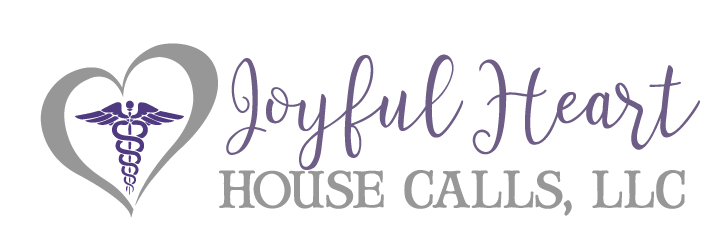Is your breakfast heart-healthy? According to whom? Check your box of cereal or your container of yogurt. Do you see one of those little red hearts on the front label? Just what does it mean? And who says so?
Some years ago, the food industry and the American Heart Association (AHA) came together to allegedly help consumer identify “healthier” good items while shopping. The intent was for shoppers to be able to quickly choose a healthier food item over another, aiding in reducing the stress of grocery shopping. But, has this step helped? And does that little red heart really mean your food is actually good for you?
Ever since President Eisenhower’s in-office heart attack, many strong personalities pushed the diet-heart hypothesis forward, promoting the idea that fats were the major dietary & health hazard. Although this concept was galvanized by many so-called experts and government agencies since the 1950s, there was absolutely no scientific data to support their theory. Even today, there is scant independent scientific research that links dietary fats to heart disease, stroke, or even diabetes. Yet, that philosophy continues to abound throughout the land.
Doctors, nurses, fitness experts and even nutritionists all continue to support an old, outdate, and totally inaccurate perspective of dietary fats. First of all, let’s take a look at some of the major ways the body actually USES dietary fat:
- Every single cell (that makes up every single body part) needs fat for proper structure of the cell wall or membrane. The phospholipid bilayer, as the biology teacher calls it, is composed of a layer of fats – the lipid part of the 2-layers of the outer wall. This lipid layer is vital to the structure of the cell; without adequate fat intake, this cell membrane may not be healthy or strong enough to function normally. Weakened structural walls of the cell can contribute to slow wound-healing or tissue repair.
- Certain fats can actually decrease inflammation within the body’s tissues. Inflammation is a process that contributes to a myriad of symptoms and a variety of conditions; recently, inflammation has been linked to heart disease, heart attacks, and plaque build-up inside blood vessels.
- Certain other fats can lower the LDL – (bad cholesterol) while raising the HDL (good cholesterol). For years, experts have told us “the only way to raise your HDL is to exercise,” but we now know that statement is completely untrue. Avocado, in particular, can greatly improve cholesterol levels, and yes… even RAISE HDL.
- Some fats can help lower and stabilize blood sugar levels; for patients with diabetes, this little known and poorly reported fact could make a dramatic improvement in blood sugar levels – if only people could know the truth.
- A particular fat, coconut oil, has been shown to improve brain health and thought processes; it is currently being studied as a new and significant method for treating and/or curing certain brain conditions like Alzheimer and Parkinson.
- Fats are a much more efficient source of energy than carbohydrates; have you ever had a cheese or nut snack? How long were you feeling full or satisfied? What about having an apple? You were likely hungry again in about 20 minutes after the apple. Fats take much longer to break down during digestion and thus allow the brain to be satisfied and not signal hunger or cravings.
So, if fats are so beneficial and can do all these things for our bodies, why have fats been so demonized? It goes back to all those strong personalities from the 1950s – 1970s. These strong-willed personalities held power, authority, and gained easy access to financial support and were thus able to push forward their own opinions as fact. They had no data. They had no science. They had no research. Nothing backed up their claims.
Today, grassroots efforts from all around the world are making quite a difference in nutrition science; a handful of brave and daring physicians, scientists, and other experts are making headway using an entirely different approach to health. People like David Perlmutter, Eric Westman, Jeff Volek, Steve Phinney, Jimmy Moore, Jason Fung, Nina Tiecholz, and Richard Bernstein are publishing books, videos, and working on social media to spread the word. There are now many Facebook groups geared toward diet, nutrition, and lower carb eating. My personal favorite Facebook group is Reversing Diabetes; loads of great tips, advice, and helpful admins there to guide and instruct. There are several smartphone apps designed to help us track our intake and exercise; some even have built-in macro calculators to aid the user in eating the correct proportion of fats, proteins, & carbs.
Go back to your breakfast labels… let’s take a closer look. Did you find a little red heart? Take a closer look at the nutrition label. Is the food fat free? Or very low in fat? How about carbohydrates? Just who says a heart-healthy food must be low in fat? Who makes up the AHA? Who funds the AHA? Why don’t these experts come out with new dietary guidelines now that we know better?
I truly wish I had the answers to these questions. However, the AHA is getting the message, slowly but surely. Just a couple of weeks ago, the AHA did issue a new recommendation for children. The AHA now recommends no more than 6 teaspoons of sugar from all sources in a day for children. Why did they make this change for children? My personal belief is that they are afraid to speak out against sugars for adults; adults have lived their lives, made their major choices, and are pretty set in their ways. If the AHA can start making new lower sugar recommendations for children, new habits will be formed and the parents will also reduce sugar intake somewhat. There is much more at stake than just eating less sugar, but at least reducing sugar intake can be a huge first step to better health.
So, what about that little red heart? I view it as a warning sign…. NOT as a helpful dietary sign.



